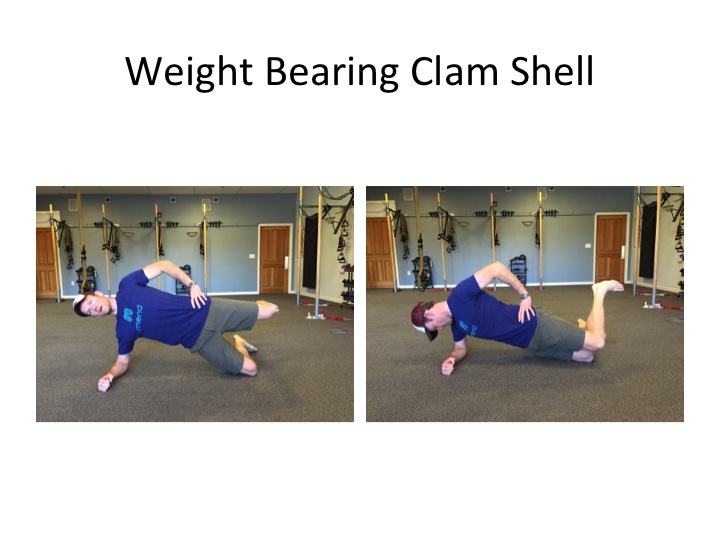Ankle sprains remain one of the most common musculoskeletal injuries treated by Physical Therapists. Our previous blog posts have highlighted the importance of early diagnoses and treatment including manual therapy, as well as, strengthening and balance exercises. This treatment approach has been proven superior to both R.I.C.E. (rest, ice, compression, and elevation) and usual medical care. Many ankle sprains become recurrent without treatment secondary to the alterations in agility, balance, and muscle recruitment across the leg. We often find weakness in both the hip and leg musculature in patients after ankle sprain, but a new study indicates this weakness may have been present before the sprain.
Powers and colleagues in the Journal of Athletic Training followed 210 competitive male soccer players after a preseason clinical examination (2017). Athletes underwent multiple clinical tests, including a hip strength assessment prior to beginning their competitive season. Authors report 12% of the soccer athletes sustained a lateral ankle sprain during the season. Athletes categorized as high risk were unable to produce >34% of their body weight during the hip strength assessment. These high risk athletes experienced twice as many ankle sprains as their stronger peers.

